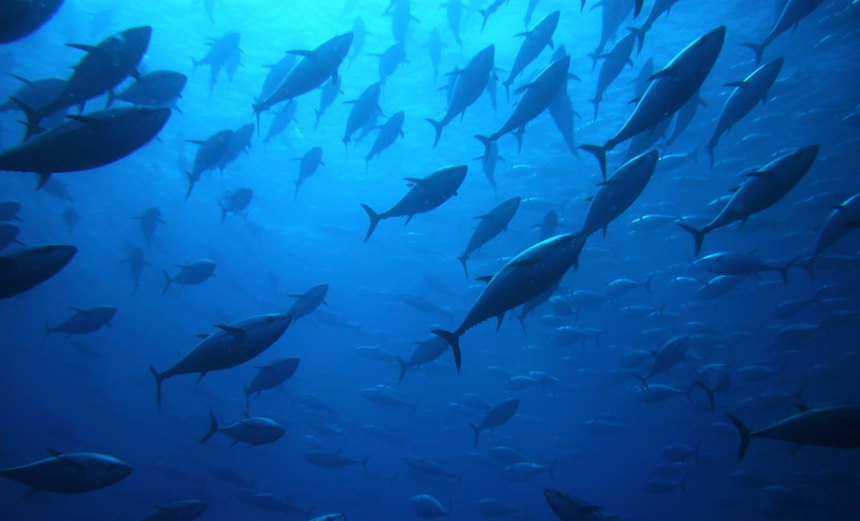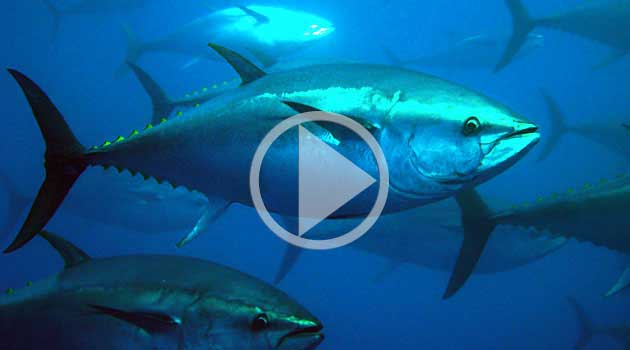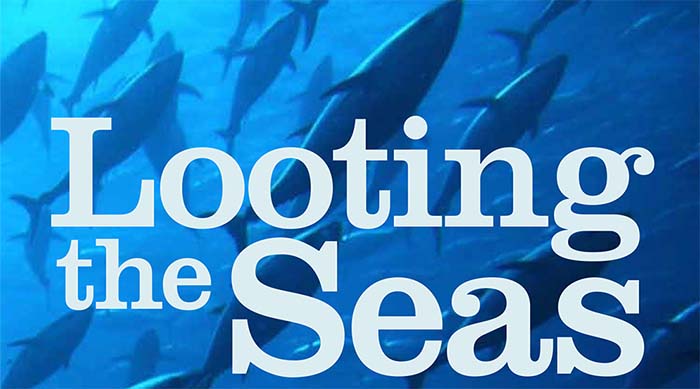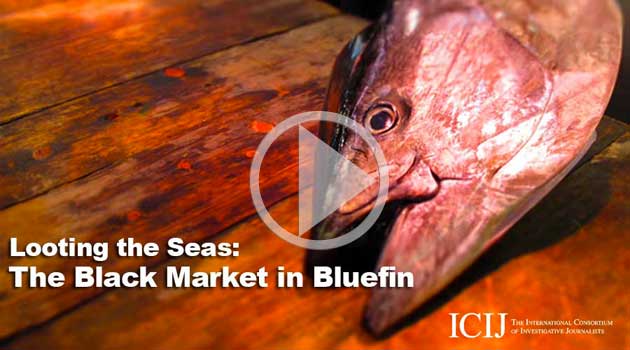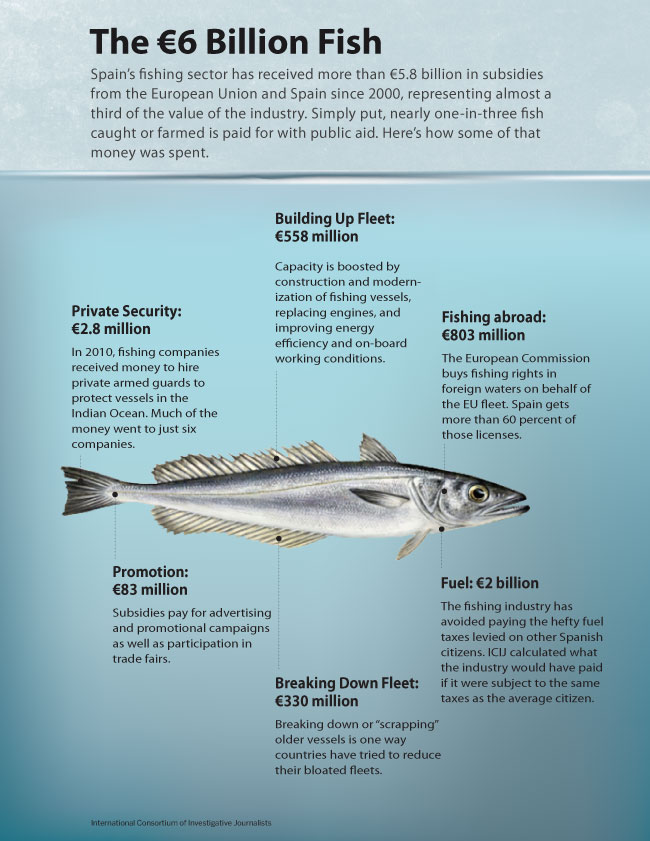Nearly 50 countries that trade in high-priced Eastern Atlantic Bluefin Tuna agreed Saturday to transform an archaic paper-based method for tracking fish into a digitalized system that officials say will make it harder for fleets to smuggle plundered bluefin into market.
Member countries of the International Commission for the Conservation of Atlantic Tunas (ICCAT), the body charged with protecting the bluefin stocks threatened by overfishing, will implement the new electronic system by the time ships set out in the spring of 2013.
Last year, the International Consortium of Investigative Journalists (ICIJ) exposed the paper-based Bluefin Catch Document scheme as so full of holes as to render it virtually useless. The system was riddled with inaccuracies and inconsistencies and did little to stop the thriving black market in bluefin. Before the ICIJ report, officials had lauded the system as a successful deterrent to illegal trade — a way to track every fish from hook, through fattening farms and to the final buyer.
Bluefin tuna is one of the sea’s most valuable species, a highly migratory fish that can weigh more than 500 kilograms (more than 1,102 pounds) and live 40 years. One large fish can fetch more than $100,000 in Japan, which consumes around 80 percent of the global bluefin market. The fish has been widely hunted in the Mediterranean. As a result, the spawning stock has plummeted by nearly 75 percent over the past five decades.
Behind the demise of bluefin, the ICIJ investigation found a decade-long history of rampant fraud and a lack of official oversight. At its peak —between 1998 and 2007 — the bluefin black market was worth $4 billion, with more than one of every three fish caught illegally.

Recently caught bluefin tuna are unloaded in Barbate, Spain. One large fish can fetch more than $100,000 in Japan. Marcos Garcia Rey/ICIJ

Alarmed at the rate of the bluefin’s decline, ICCAT regulators came up with a paper-based reporting system in 2008 designed to help them better track the trade.
Fishermen, sea ranchers and importers filled out paper documents and submitted them to ICCAT's office in Madrid, where staff manually entered them into a database. The time lapse between trade and data entry, as well as forms only partially completed, meant officials would have been unable to accurately track the trade
In 2010, ICIJ gained access to the bluefin-tracking database through an ICCAT member country. ICIJ's analysis of the data showed that most catches lacked crucial information that regulators need to follow the fish from vessel to market.
The problems were most prolific at tuna “ranches” where the fish are fattened for months before being killed and sent to Japan. Because everything happens under water, it is nearly impossible to keep track of the fish. For example, the data analysis showed that ranches were selling more bluefin than they had reported buying in the first place. And 20 percent of the fish killed lacked any export information, effectively turning those fish into ghost tuna that regulators could not track to a final destination. One of ICCAT’s own scientists quoted in the ICIJ story called the paper-based tracking system “a bloody mess.”
Regulators say that the new electronic system will add real time monitoring and better enforcement to the trade as well as a more accurate account of how many bluefin are caught and traded. Monica Allen, a spokesperson for the National Oceanic and Atmospheric Administration, said the digitalized tracking system will "help detect fraud and deter IUU [Illegal, Unreported and Unregulated] fishing.
